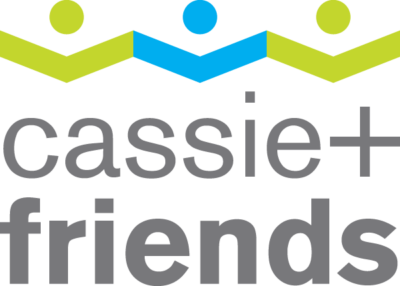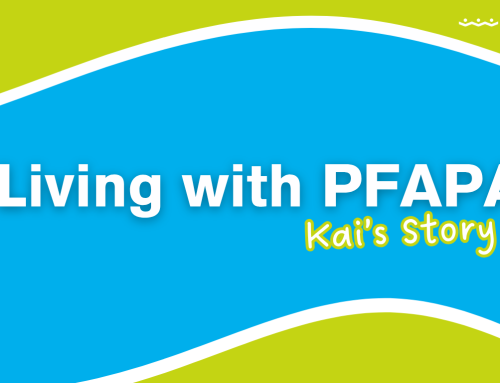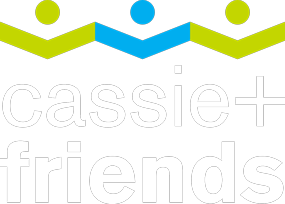
9 Tips for Homeschooling Your Child with JIA
One of the many impacts of COVID was a surge in homeschooling, not just during the pandemic but well after. This back-to-school season, we’re pleased to share some tips from JIA parent, Kathleen Bailey, who has homeschooled her children for many years and has a lot of great advice for fellow homeschoolers and non-homeschoolers alike. We hope you’ll find some helpful advice that you can use or share with your child’s teacher to make schoolwork and other tasks at home a little easier with JA! If you have tips you’d like to share with other parents in our community, please be sure to leave a comment below! For more information and resources for supporting your child with JIA during this back-to-school season, be sure to check out our resources at the Cassie + Friends School Toolkit.
If you’re homeschooling your child with Juvenile Idiopathic Arthritis (JIA), there are different things you can consider to ensure your child has the best experience possible.
First a quick back story, then we’ll get right to the tips. I homeschooled my two oldest girls during preschool but then decided to put them into school because of my health issues. My second daughter was diagnosed with JIA at the age of 14. This was during COVID, so she was doing online school at the time, which we found troublesome as the chronic fatigue would make her fall asleep while on the tablet, and her pains made writing hard.
When she started high school in-person, we found that she needed accommodations from the school. Finally, for many reasons, we decided to homeschool the three youngest children, and quickly found that she also needed accommodations at home. I couldn’t find much on homeschooling with JIA so I had to figure it out on my own. Here’s what I’ve learned over the last three years that works for us.
Tip #1: Mornings Are Often Worse
For a lot of children, stiffness is worse in the morning. If that’s the case for your child, start later in the day or make sure your child has at least an hour or two after they wake up so they can loosen up before they start school. My child likes to start early, so she gets up at least two hours before she starts school.
Tip #2: Be Flexible With Hours
You can be flexible with hours during homeschooling, so don’t feel like you have to do school in the morning at all. If your child needs to sleep late or is more alert/in less pain in the afternoon or evening, do schoolwork then. If your child is a teen, they can work more independently, which means if you’re busy in the evening, they could still do schoolwork.
Tip #3: Desks are for Public School
When homeschooling, your child doesn’t need to work at a desk, unless they prefer it. Be open to other ideas from a table, couch, patio, floor, or bed. As long as your child can stay awake during work, where they work doesn’t matter. Changing positions throughout the day is best anyway. My daughter switches it up between the table, floor, front porch and occasionally her bed.
Tip #4: Make Writing Easier On the Hands
Teach your child to type and allow them to use a computer instead of writing, especially if they have arthritis in their hands. For younger children who aren’t able to use a computer yet, markers or pens hurt less to write with than crayons or pencils.
Tip #5: Be Flexible With Deadlines
Give your child more time for schoolwork, assignments, or tests to accommodate their illness. Whether it takes longer to write because of hand pain or they need an extra day because of chronic fatigue, being flexible with assignment due dates can be helpful. You know your child so you can tell if your child is just dawdling or needs an extension.
Tip #6: Be Flexible With Schedules
With JIA comes lots of doctor appointments and sometimes travelling for those appointments. Plan your school days around these appointments so nothing is missed. We skipped school on days we had to travel to appointments and started later or ended earlier if there was a regular appointment. We make a school routine, not a schedule so that instead of 9 am Math and 10 am Science, it is more like Math is first, then Science. No matter when we started or stopped and restarted, we knew what was next.
Tip #7: Make Use of Medical Devices
Ask your child’s doctor if splints or braces might be helpful during creative arts or writing assignments. My daughter has a wrist brace and finger splints to help with writing. We are getting a knee brace for physical activity. Keep warm packs or heating pads on hand to be used as needed.
Tip #8: Get Creative with Physical Education
Every child needs movement and physical activity, but you don’t have to include gym class like they do in public school. If your child already does a sport or activity that involves movement, you can count that towards gym class. If not, help your child pick an activity/activities that they CAN do. Swimming or gentle walking is often tolerable with JIA. Add in some skills such as kicking/catching a ball or skipping if they can but do it when they are doing well. If they are in a flare, don’t expect too much from them. Let them heal first, then tackle exercise when they are able. However, don’t stop moving completely when in a flare as that can make things worse.
Tip #9: Connect with Others
Organizations like Cassie + Friends can help your family feel supported and find connection with other JIA families. If you’re homeschooling, make sure to connect with other families who homeschool as well, like in this Facebook group, geared specifically for families affected by chronic illness. Asking in JIA Facebook groups for others who homeschool can be helpful too.
I hope that was helpful. I wish I had known some of these when I started homeschooling my daughter with arthritis.
Author Bio: Kathleen Bailey is a mom of five, one of which has JIA. She lives in Windsor, Ontario and homeschools her younger three children. When she is not homeschooling, she blogs, makes homeschooling YouTube videos, reads nonfiction and creates resources for the classroom or homeschool on TPT.









Leave A Comment